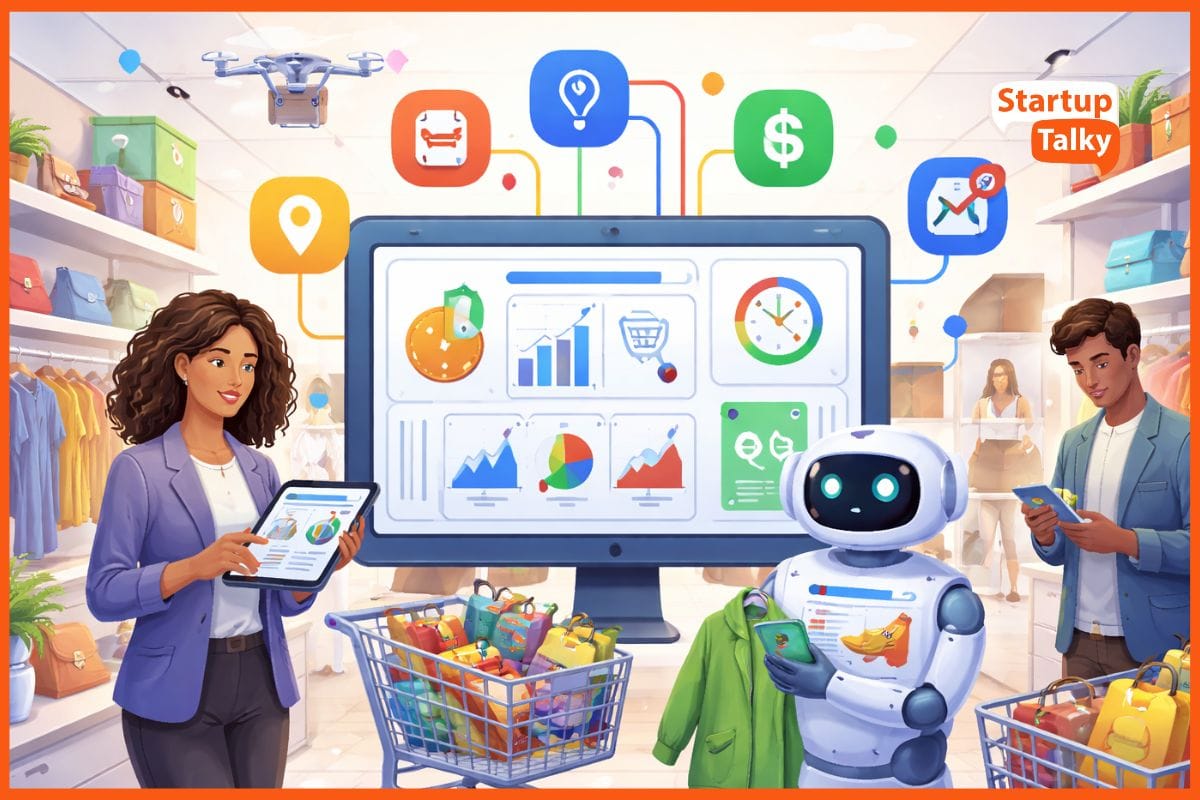Introduction to SaaS and OnUpKeep

SaaS stands for ‘Software as a Service’. SaaS companies operate by hosting applications, making them available to customers via the internet. A SaaS company runs and maintains the software, databases, and servers for the customer’s application, allowing them to access it remotely.
SaaS companies charge customers for their services through subscription methods, charging them a monthly or yearly fee, and subscription rates are based on the quantity of data that needs to be stored on the servers, the traffic the application receives, along with the level of technical support needed.
The benefit of this service is, if you do not know how to manage servers and software, or if you do not have the money to invest in the hardware, SaaS companies provide that for you.

Types of SaaS Applications Used by Customers
1. Website Hosting
This SaaS application hosts the customer's website or application and handles the requirements needed to maintain its online entity, as well as ensure that it functions smoothly.
2. CRM - Customer Resource Management
CRM services are when SaaS companies manage their client’s customer details and sales history, allowing them to track product sales and other details that help a company better retain its customer base and develop deep customer relationships in order to boost sales.

3. ERP - Enterprise Resource Planning
ERP is a business management software that customers use to store, manage, interpret, and organize the data generated from the functioning of a business.
ERP software provides you with business statuses through the use of a database management system. ERP software does this by tracking raw materials, money, purchase orders, payrolls, production capacities, and many other things.
ERP for SaaS companies share data throughout various departments, such as; purchases, sales, manufacturing, and accounting. The ERP database facilitates the flow of information between these departments or business functions.
4. Project Management
SaaS companies also offer project management software to their clients in an online cloud-software form. SaaS companies offer a top of the line project management applications that can assist production from start to finish. This includes bug tracking, ticketing, online chat platforms, cost and budgeting, report generation, template creation, document sharing, invoicing, resource, task and workflow management, along with numerous other features aiding in management.
5. Invoicing and Accounting
This is another cloud computing software offered by SaaS companies which are specially designed to handle the invoicing, billing, and accounting needs of a business. There are SaaS accounting applications with a wide range of other accounting-related functions which can enable you to perform every aspect of accounting needed in a business.
6. Human Resources
SaaS companies also offer applications for Human Resource management which can track employee details, work hours, and schedules, tasks, payroll management, and recruitment.
As modern business organizations have branches all over the world. The Human Resource department can benefit from using a centralized database that can store all your information. It makes it easier to access as you can do so on the go, as well as offer increased security of your information.
7. Data Management
SaaS companies offer tools for Data Management, allowing clients to analyze their data, identify weak parts and come up with strategies. There are encryption options provided as well, so clients can secure their data.
For those of you looking for cloud-based software for your businesses, here are some of the best SaaS products and applications available out there.
The Benefits of Using SaaS Services
Benefits of using SaaS services is that they offer a centralized database. A business owner will not need to go through the hassles and primary bulk investment involved in setting up your own personalized software and server room, as well as maintaining them in the long run.
Primary Benefits of Using SaaS Services
- Cost Effective
SaaS companies offer their services on a subscription basis. This eliminates the investment a business owner will have to incur in setting up servers and creating software, along with the expenses needed to manage them. Being able to use these facilities at a marginal cost is extremely beneficial. However in the long run, if your business is established, and you feel that it would be cheaper if you can create and manage your own database, you can proceed to do so.
- Maintenance
SaaS companies have skilled personnel that help maintain their services. They will handle all your queries and software updates, and implement it at a centralised location. In doing this, customers will not need to manually update or manage their software. They simply have to log in and use the application.
- Remote Access
Another attractive benefit is, since these applications are based out of cloud-computing software, you can work from anywhere with only the need for an internet connection. There are no hiccups with updates and software compatibility as the software is updated on the website. Employees and business owners are also benefited by being able to work from anywhere.
- Expandable Capacity
SaaS companies price their subscription rates based on the scale of business. If your business is increasing and requires expanding, that option is available to you. You can add more users and expand storage simply by increasing your subscription package. If you had to do this by yourself, you will have to procure additional software and hardware, which is a hefty cost to bear.

About OnUpKeep
OnUpKeep is a CMMS(Computerized Maintenance Management System) software that provides businesses with management systems. This includes asset tracking, inventory management, and many other functions.
It also enables businesses to create work orders, receives notifications, and work with technicians in real-time, giving them transparency of business. OnUpKeep is a highly established player in the CMMS industry. Some of their big clients are McCormich, Unilever, Yamaha, amongst many others.

Features of OnUpKeep
OnUpKeep provides a number of unique automation options to its users.
Here are some of these features:
- Preventive Maintenance
Preventive Maintenance is set up in order to avoid breakdown in assets or facilities. OnUpKeep provides you with tools to help you schedule maintenance tasks and generate incident reports, and many other functions.
- Work Order Management
OnUpKeep provides tools for workflow management. Users have everything they need to organize tasks and manage work orders. As everything is present in one location. Users can monitor workflow with ease and ensure that everything is updated and on track.
If you’re looking to automate certain aspects of your business, here’s more OnUpKeep reviews, pricing, pros and cons, and solutions.
FAQs
What is meant by SaaS?
SaaS stands for ‘Software as a Service’. It is a way of delivering applications over the Internet—as a service. Instead of installing and maintaining software, you simply access it via the Internet, freeing yourself from complex software and hardware management.
What are the characteristics of SaaS?
Few major characteristics that apply to most SaaS providers:
- The service is purchased on a user subscription basis.
- No additional hardware is required to be installed by the customer.
- Updates are applied automatically without customer intervention.
What are examples of SaaS?
SaaS Examples: BigCommerce, Salesforce, Google Apps, Dropbox, MailChimp, DocuSign, ZenDesk, Slack, Hubspot.
Must have tools for startups - Recommended by StartupTalky
- Convert Visitors into Leads- SeizeLead
- Website Builder SquareSpace
- Run your business Smoothly Systeme.io
- Stock Images Shutterstock






